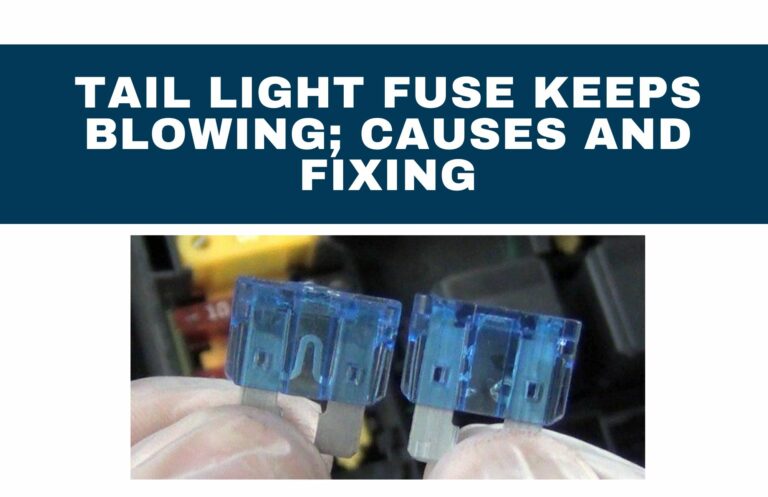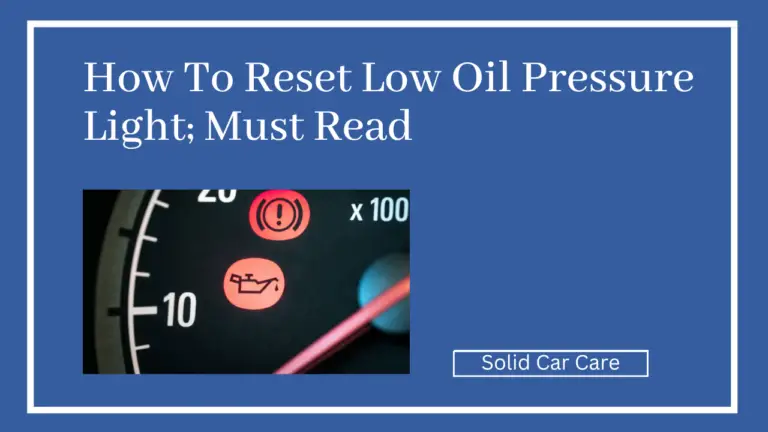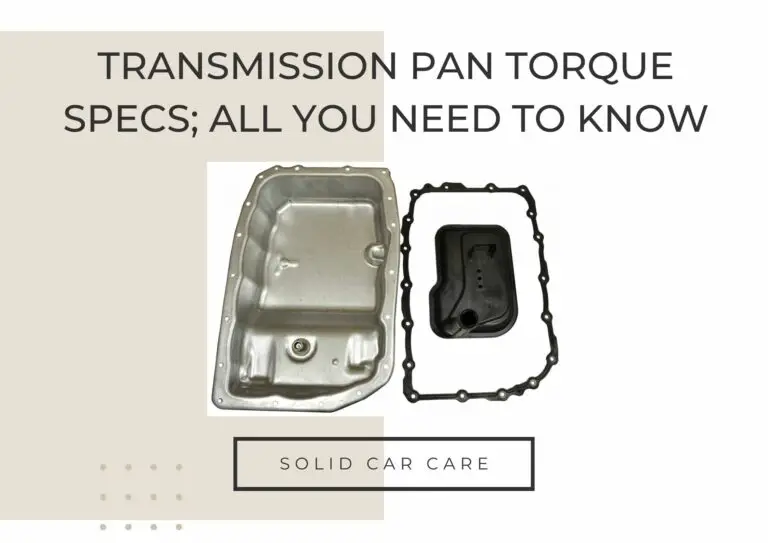Driving with a Bad Oil Pressure Sensor – A Risk You Shouldn’t Take
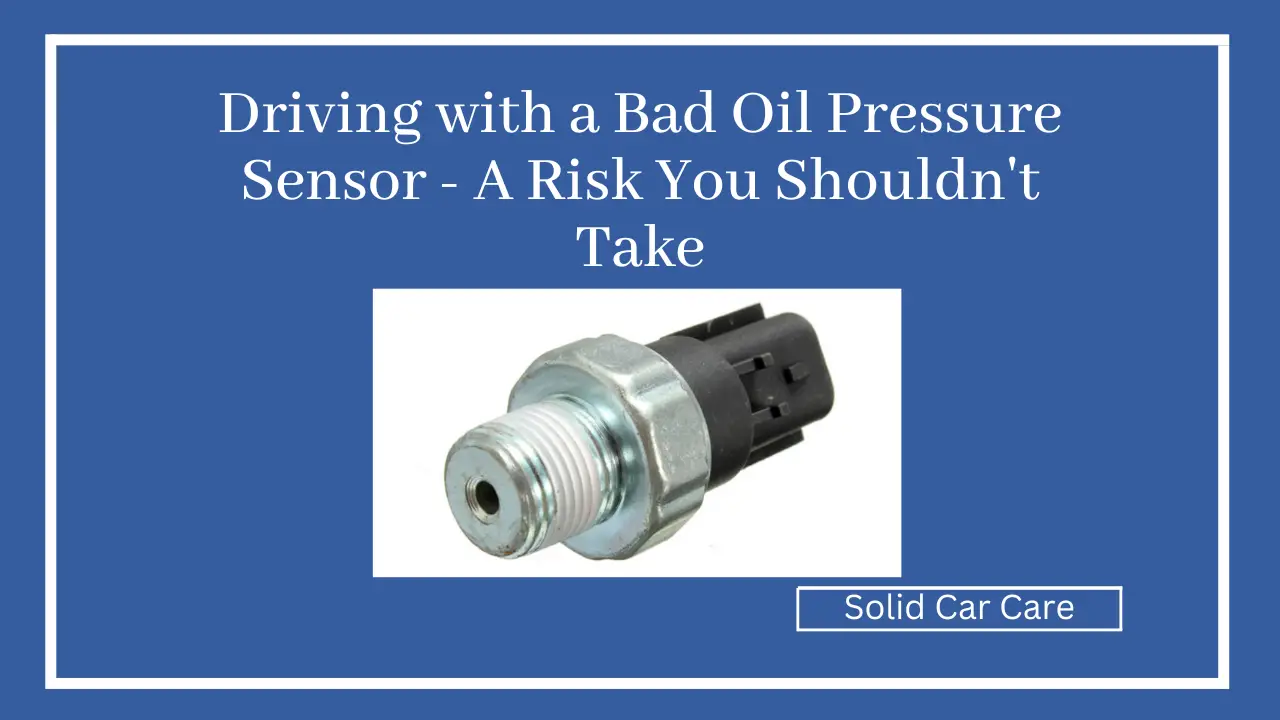
As a responsible car owner, maintaining your vehicle’s health is paramount. One critical component that plays a pivotal role in protecting your engine is the oil pressure sensor. This small yet powerful device relays vital information about the oil pressure to the engine’s computer. However, driving with a faulty oil pressure sensor can have catastrophic consequences for your beloved automobile.
This article explains the dangers of driving with a bad oil pressure sensor, the warning signs to watch out for, and essential tips to avoid this risky scenario.
Table of Contents
What is the Significance of the Oil Pressure Sensor?
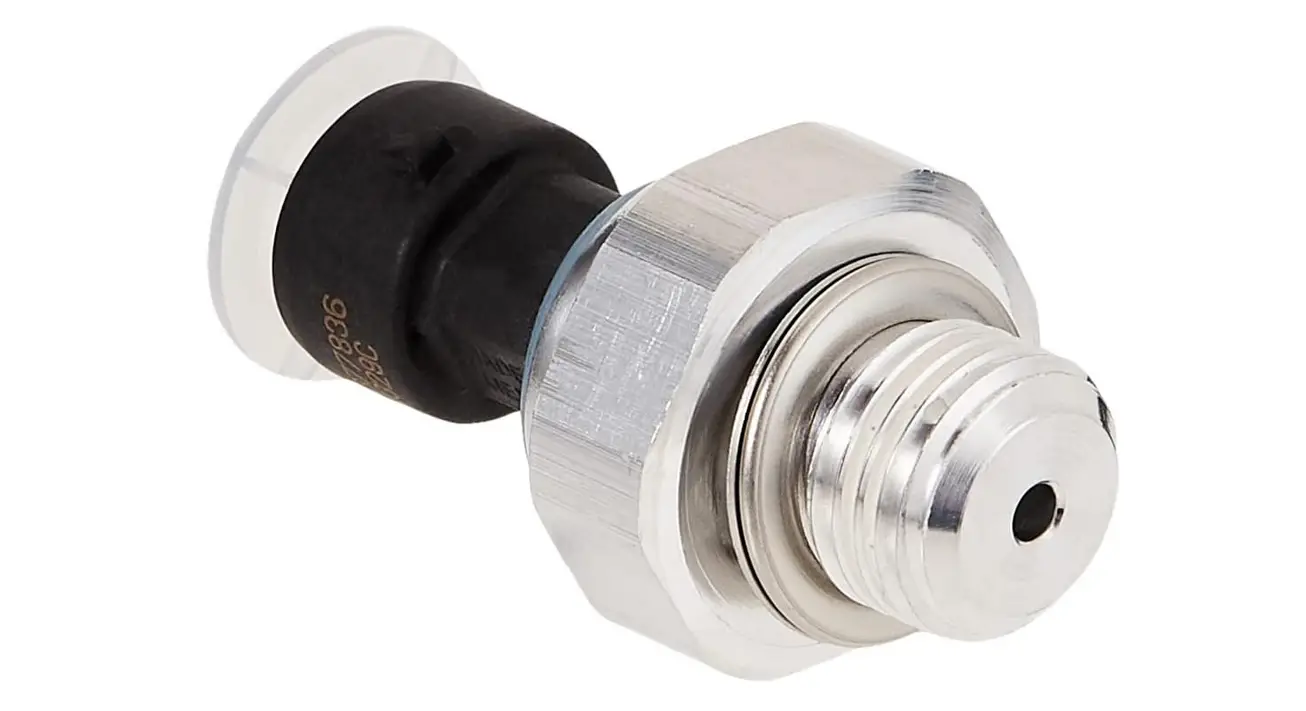
The oil pressure sensor acts as the lifeline of your vehicle’s engine. It constantly monitors the oil pressure, ensuring that vital engine components receive the lubrication they need to function optimally. Adequate oil pressure is crucial for preventing friction, heat, and wear, thereby safeguarding the engine’s longevity and performance.
When the oil pressure sensor detects any irregularities in the oil pressure, it promptly sends a signal to the engine’s computer. The computer relies on this data to make real-time adjustments and ensure that the engine remains in optimal working condition. Without this crucial feedback, the engine could be exposed to potential damage.
What are the Signs of a Bad Oil Pressure Sensor?
Warning Lights and Low Gauges
One of the most evident signs of a faulty oil pressure sensor is the illumination of the oil pressure warning light on your dashboard.
Additionally, if your oil pressure gauge consistently reads low or fluctuates erratically, it might indicate a malfunctioning sensor. Ignoring these warnings could be perilous for your engine’s health.
Unusual Engine Behavior
A bad oil pressure sensor can cause your engine to exhibit strange behavior. Pay attention to any unusual noises emanating from the engine, as this could indicate insufficient lubrication.
Moreover, if your engine begins running hotter than usual, it might be a red flag indicating potential issues with oil pressure.
Illuminated Oil Pressure Warning Light
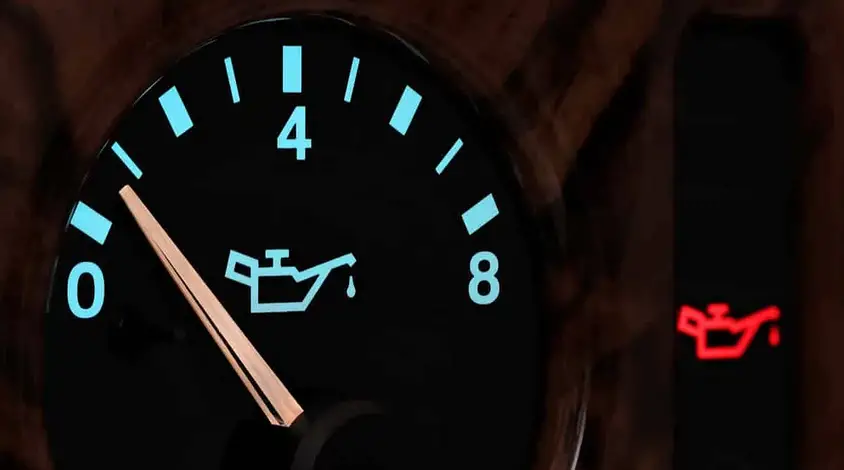
One of the primary indications of a bad oil pressure sensor is the illumination of the oil pressure warning light on your dashboard. This light typically resembles an oil can or may simply display “Oil” or “Pressure.”
If the sensor malfunctions or detects low oil pressure, the warning light will alert you of the issue. Never ignore this warning, as it could signify an imminent problem.
Low Oil Pressure Reading on Gauge
Many modern vehicles are equipped with an oil pressure gauge on the instrument cluster. If your oil pressure sensor is malfunctioning, the gauge may consistently read lower than usual or fluctuate erratically, regardless of the engine’s actual oil pressure. Keep an eye on the gauge’s behavior, as significant deviations from the normal range could indicate sensor troubles.
Unusual Engine Noises
A bad oil pressure sensor can lead to inadequate lubrication within the engine, causing metal components to rub against each other without sufficient protection.
As a result, you might hear unusual engine noises, such as knocking, ticking, or tapping sounds. These noises could signify potential damage caused by insufficient oil pressure, requiring immediate attention.
Engine Running Hot
The engine’s cooling system relies on proper lubrication to dissipate heat effectively. If the oil pressure sensor is not functioning correctly, it may not relay accurate data to the engine’s computer, leading to inadequate lubrication and increased friction.
Consequently, the engine temperature may rise beyond its normal operating range, causing it to run hotter than usual.
Low Oil Level
In some cases, a faulty oil pressure sensor may not provide accurate readings to the engine’s computer, leading to incorrect oil level readings on the dashboard.
While other factors can also cause this symptom, monitoring your vehicle’s oil level regularly is essential. If you notice a drop in oil level without any apparent leaks, it could indicate a problem with the oil pressure sensor.
How To Reset Low Oil Pressure Light; Must Read
solidcarcare.com
What happens when Driving with a Faulty Oil Pressure Sensor?
Driving with a faulty oil pressure sensor can be perilous for your engine. The sensor sends crucial oil pressure data to the engine’s computer. The engine may not receive proper lubrication without accurate readings, leading to increased friction, heat, and potential damage to vital engine components.
Ignoring warning signs, such as illuminated oil pressure lights, low gauge readings, strange engine noises, or the engine running hot, can result in severe engine damage, including engine failure. It is essential to address the issue promptly to avoid costly repairs or risking the engine’s overall health and performance.
How to Handle a Bad Oil Pressure Sensor?
Take prompt action if you notice any warning signs associated with a bad oil pressure sensor. Schedule an inspection with a qualified mechanic to assess the sensor’s condition. Timely intervention can save you from potential engine disasters.
In cases where immediate repair is not possible, and you must drive with a faulty oil pressure sensor, exercise utmost caution. Avoid driving at high speeds or under heavy loads that could put additional strain on your engine. Pull over and stop immediately if you notice any strange noises or overheating.
What happens if you don’t fix your oil pressure sensor?
If you don’t fix your oil pressure sensor, you risk serious consequences for your vehicle’s engine. The oil pressure sensor plays a crucial role in providing real-time data about the oil pressure to the engine’s computer.
Without accurate readings, the engine may not receive proper lubrication, leading to increased friction and heat. This can result in engine components grinding together, causing extensive damage, including premature wear, engine overheating, and potential engine failure.
How to Replace the Oil Pressure Sensor?
Replacing the oil pressure sensor is a relatively straightforward task, but it requires some basic automotive knowledge and tools. If you’re comfortable working on your vehicle, follow this step-by-step guide to replace the oil pressure sensor safely:
Note: Before you start, ensure you have the correct replacement oil pressure sensor that matches your vehicle’s make, model, and engine. Also, make sure the engine is cool before proceeding.
- Gather Necessary Tools and Materials:
- Replacement oil pressure sensor
- Socket and ratchet set
- Open-end wrench or adjustable wrench
- Oil catch pan
- Clean cloth or rag
- Thread sealant (if required)
- Vehicle owner’s manual (for reference)
- Locate the Oil Pressure Sensor:
- Refer to your vehicle’s owner’s manual to find the exact location of the oil pressure sensor. It is typically located near the engine oil filter, on the engine block, or the cylinder head.
- Prepare the Vehicle:
- Park the vehicle on a level surface and engage the parking brake. For additional safety, disconnect the battery’s negative terminal to avoid any electrical mishaps.
- Drain Engine Oil (Optional):
- Some vehicles may require draining some engine oil before removing the oil pressure sensor. Place an oil catch pan beneath the sensor to collect any oil that might spill.
- Disconnect the Electrical Connector:
- Carefully disconnect the electrical connector from the oil pressure sensor. Gently press the release tab and pull the connector away from the sensor.
- Remove the Old Oil Pressure Sensor:
- Use an appropriate socket or wrench to loosen and remove the old oil pressure sensor from its mounting position. Turn it counterclockwise until it is completely unscrewed.
- Clean the Mounting Area:
- Wipe the mounting area clean with a cloth or rag to remove any debris or old thread sealant (if present).
- Install the New Oil Pressure Sensor:
- Apply a small amount of thread sealant (if the manufacturer requires) to the threads of the new oil pressure sensor.
- Carefully thread the new sensor into its mounting position by hand. Be cautious not to cross-thread it. Then, tighten it with a wrench or socket until snug.
- Reconnect the Electrical Connector:
- Reattach the electrical connector to the new oil pressure sensor until it clicks into place. Ensure a secure connection.
- Refill Engine Oil (Optional):
- If you drained engine oil earlier, ensure you refill it to the appropriate level using the correct type of oil recommended in your owner’s manual.
- Check for Leaks:
- Once the new sensor is installed, start the engine and let it run for a few minutes. Monitor the area around the sensor for any signs of leaks. If you notice any leaks, immediately shut off the engine and recheck the installation.
- Clear Error Codes (if applicable):
- If your vehicle’s check engine light was previously illuminated due to the faulty sensor, clear any error codes using an OBD-II scanner.
- Test Drive and Verify Operation:
- Take your vehicle for a short test drive to ensure everything is working correctly. Monitor the oil pressure gauge or warning light to ensure it behaves normally.
Congratulations! You have successfully replaced the oil pressure sensor in your vehicle. Remember, if you are unsure about performing this task yourself, it’s best to seek assistance from a qualified mechanic to ensure the job is done correctly and safely.
Low Oil Pressure Light After Oil Change – Causes and Solutions
solidcarcare.com
Conclusion
In conclusion, driving with a bad oil pressure sensor is risky that no responsible car owner should take lightly. The oil pressure sensor’s critical role in safeguarding your engine’s health cannot be overstated. Ignoring warning signs or postponing necessary repairs can lead to irreversible damage and costly consequences. Stay vigilant and address any issues with the oil pressure sensor promptly. By doing so, you’ll protect your engine, ensuring it continues to purr smoothly on every journey you embark upon.

